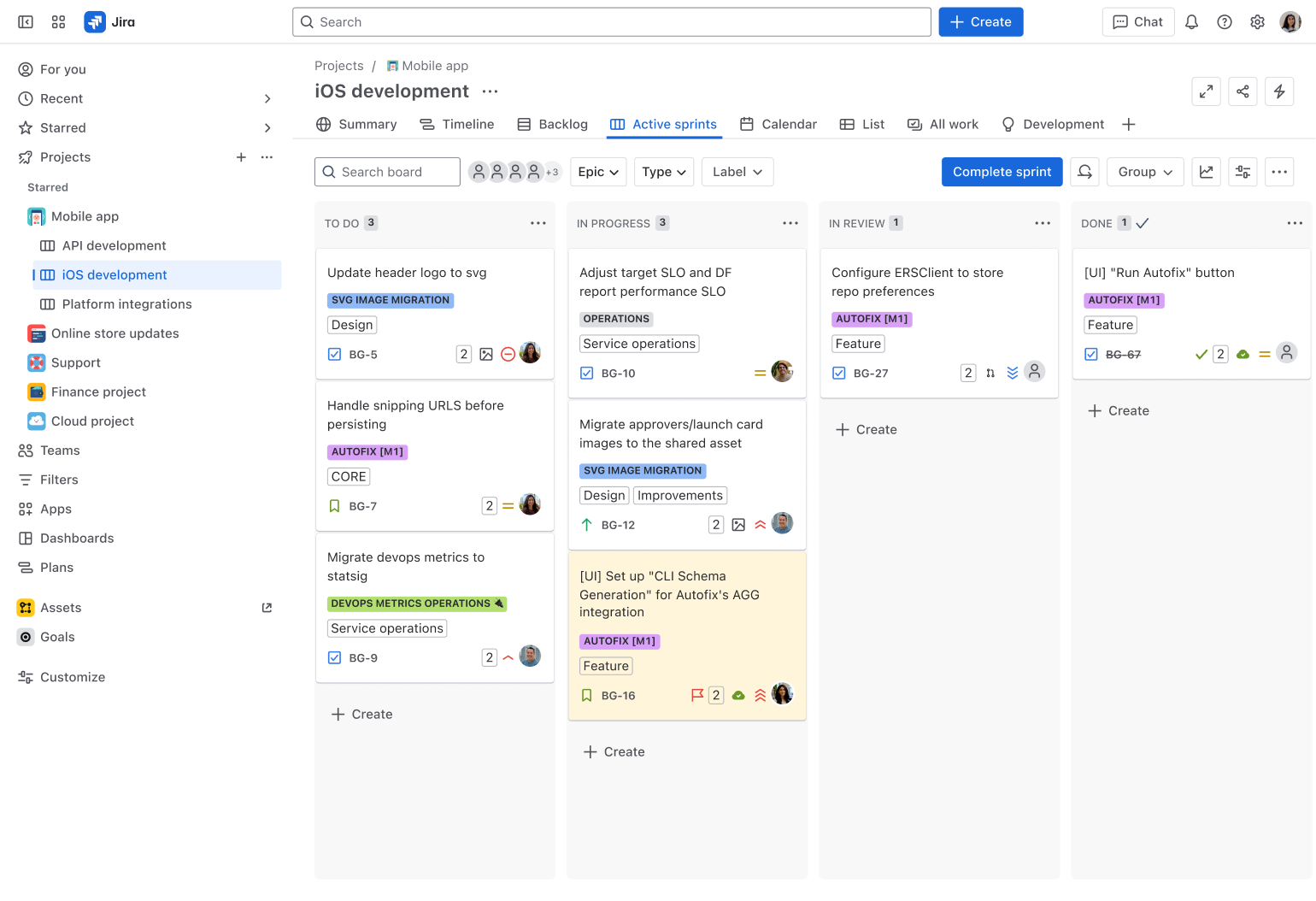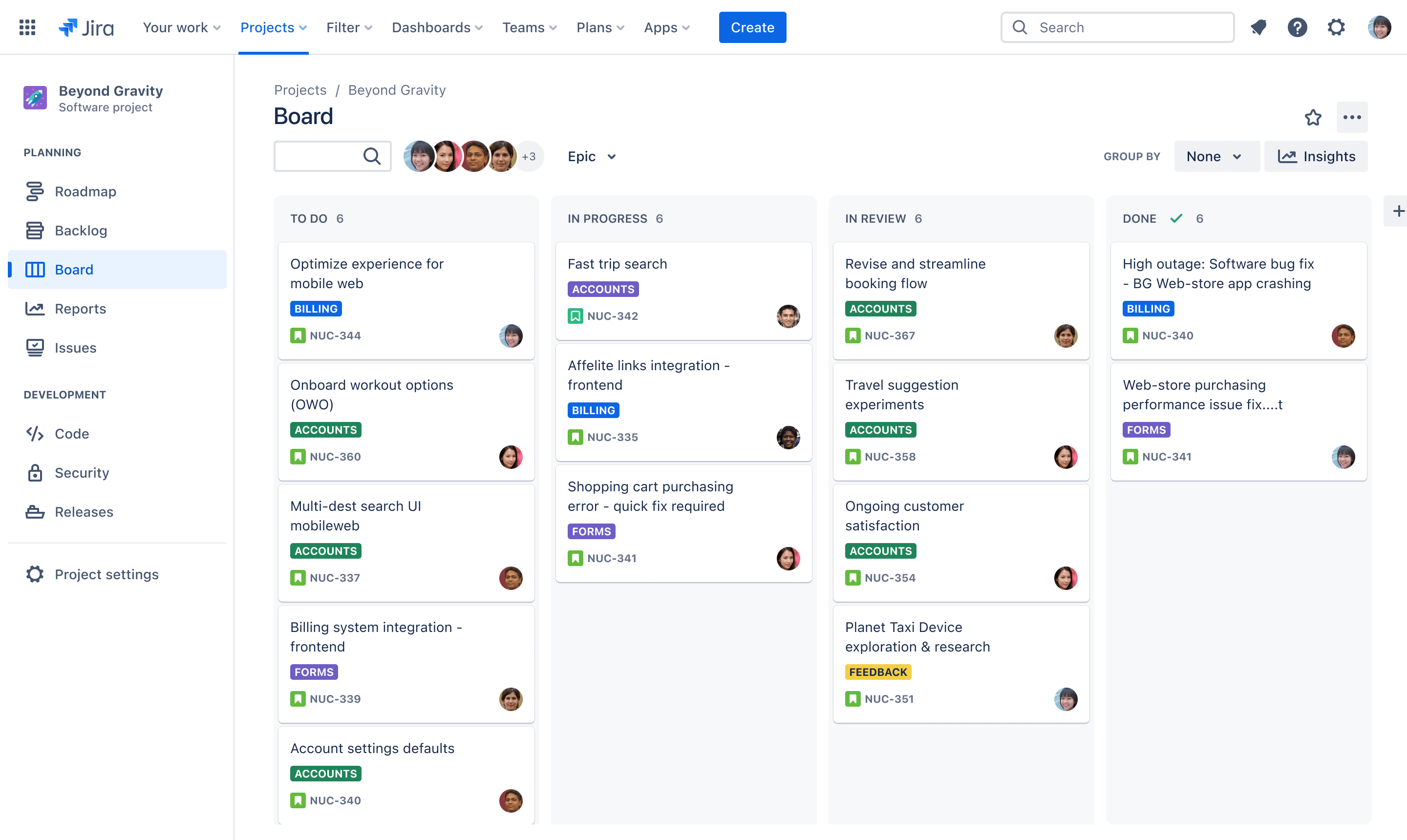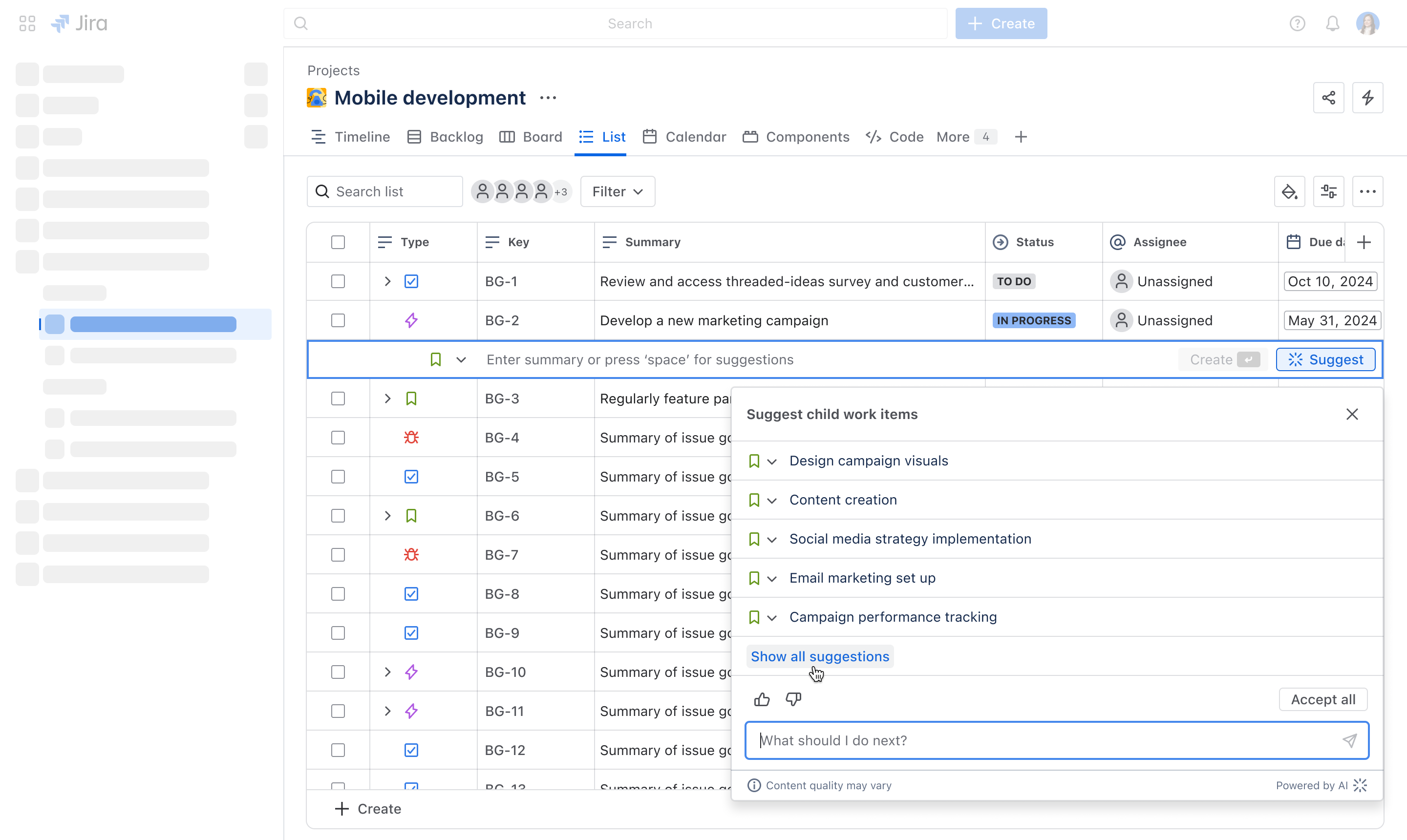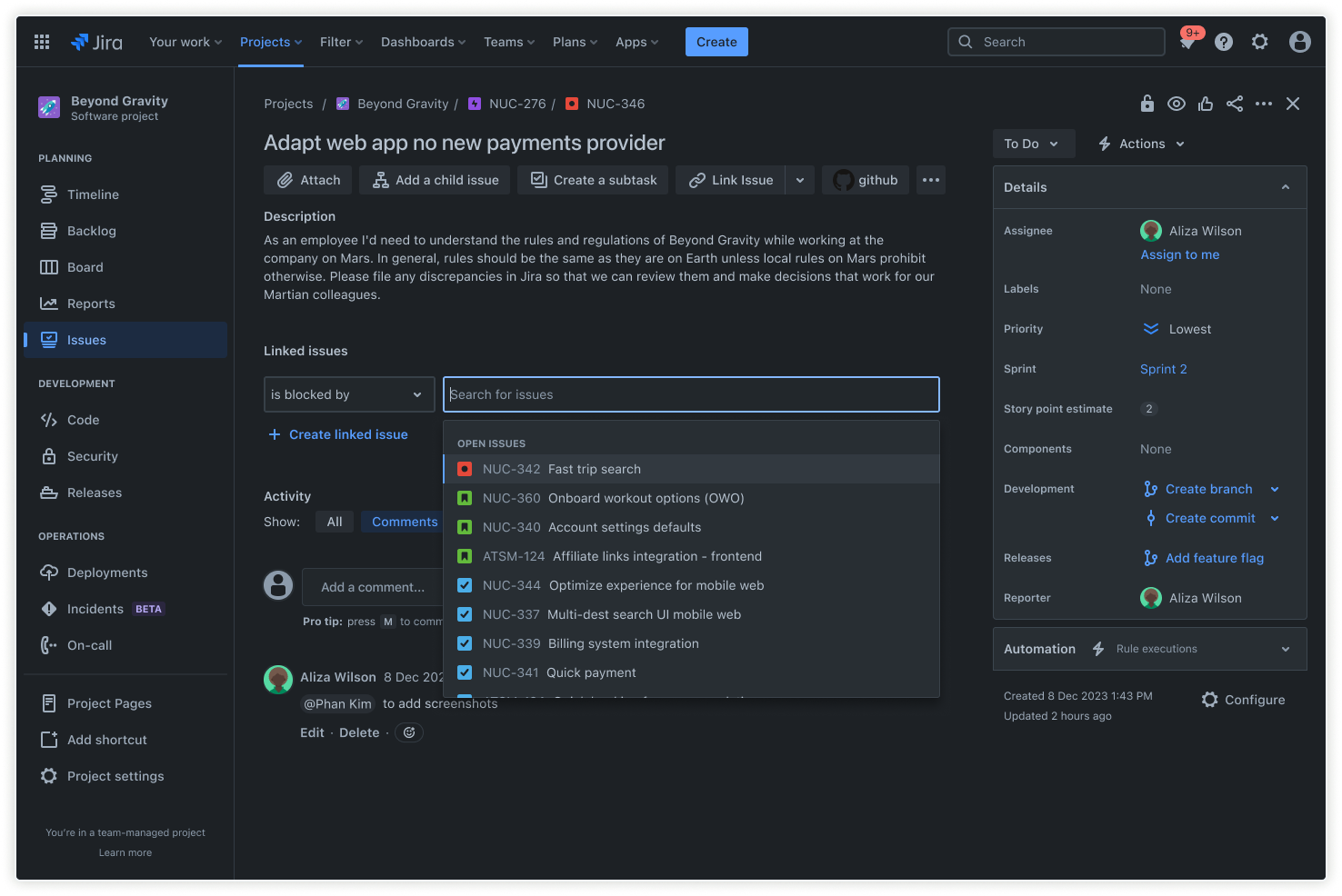Context switching: How to reduce productivity killers
Browse topics
Every worker knows the feeling: you’re deep in a project when a Slack notification pops up, then an urgent email demands attention, followed by a “quick” meeting that derails your entire afternoon.
By the end of the day, you’ve touched dozens of tasks but completed none with the focus they deserved. This constant juggling act is called context switching, and it’s quietly sabotaging your workplace productivity.
The good news?
Context switching isn’t an inevitable part of modern work. With the right strategies and tools, you can reclaim your focus, reduce mental fatigue, and accomplish more meaningful work.
This guide will show you exactly how to identify context switching triggers and implement practical solutions that actually stick.



